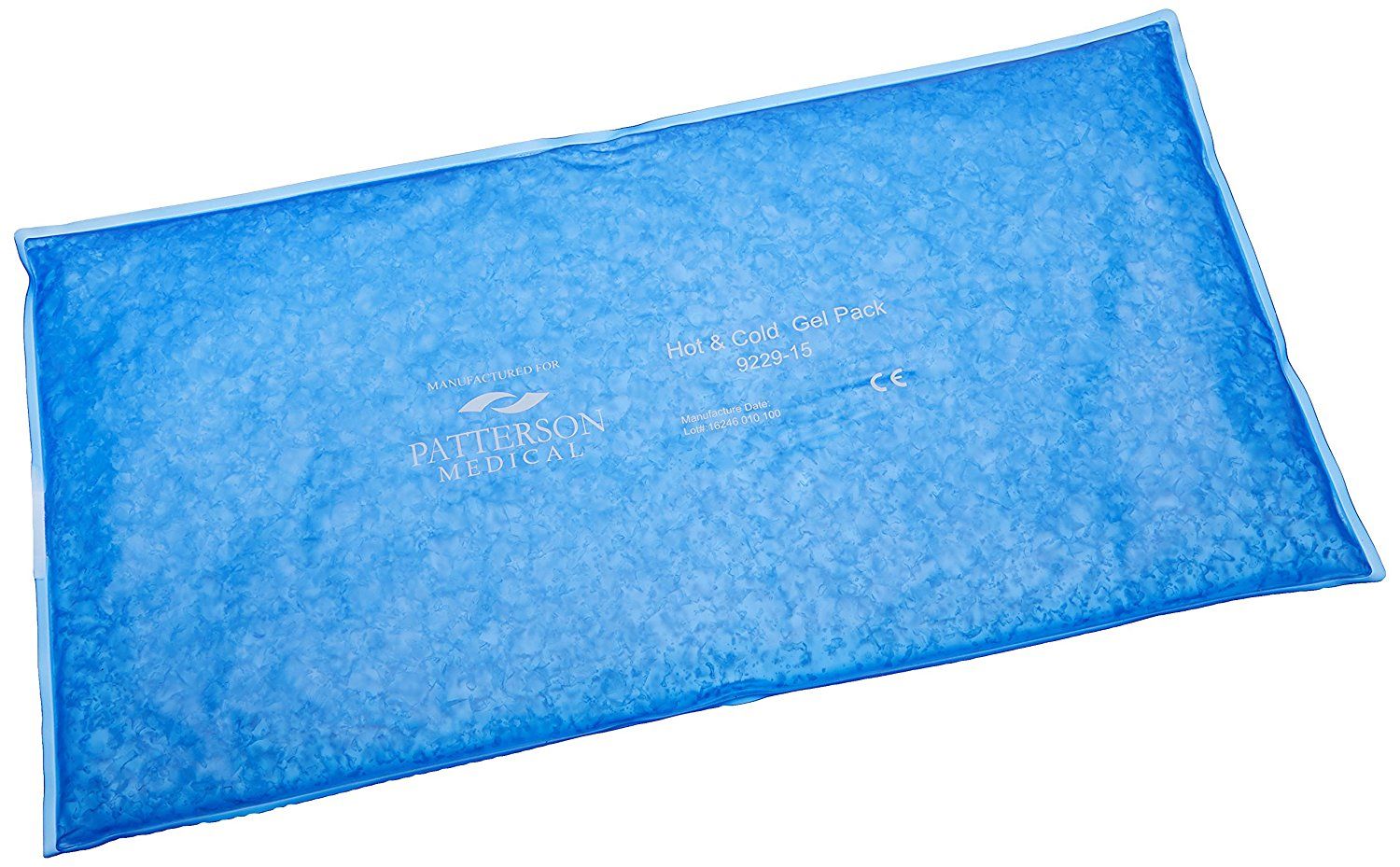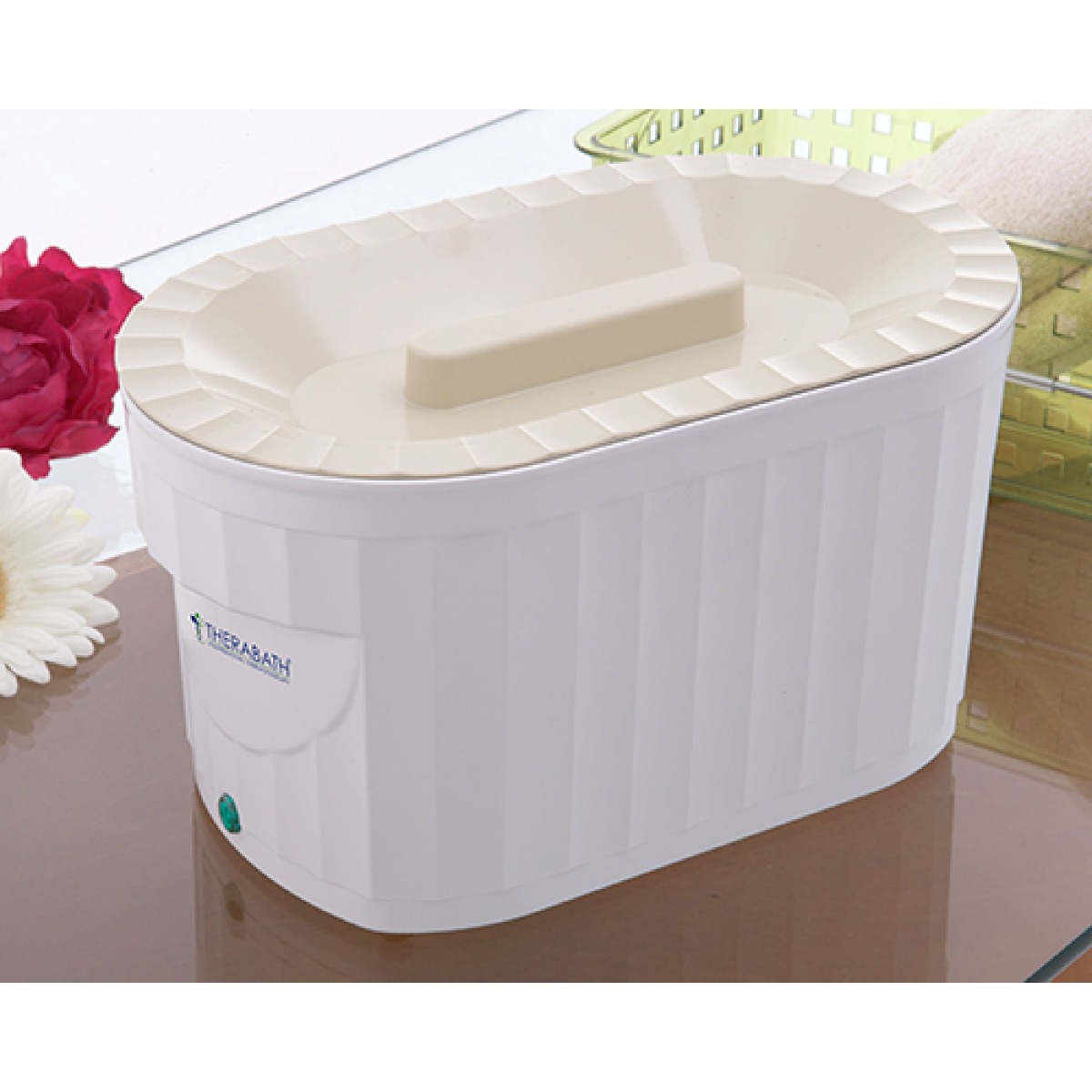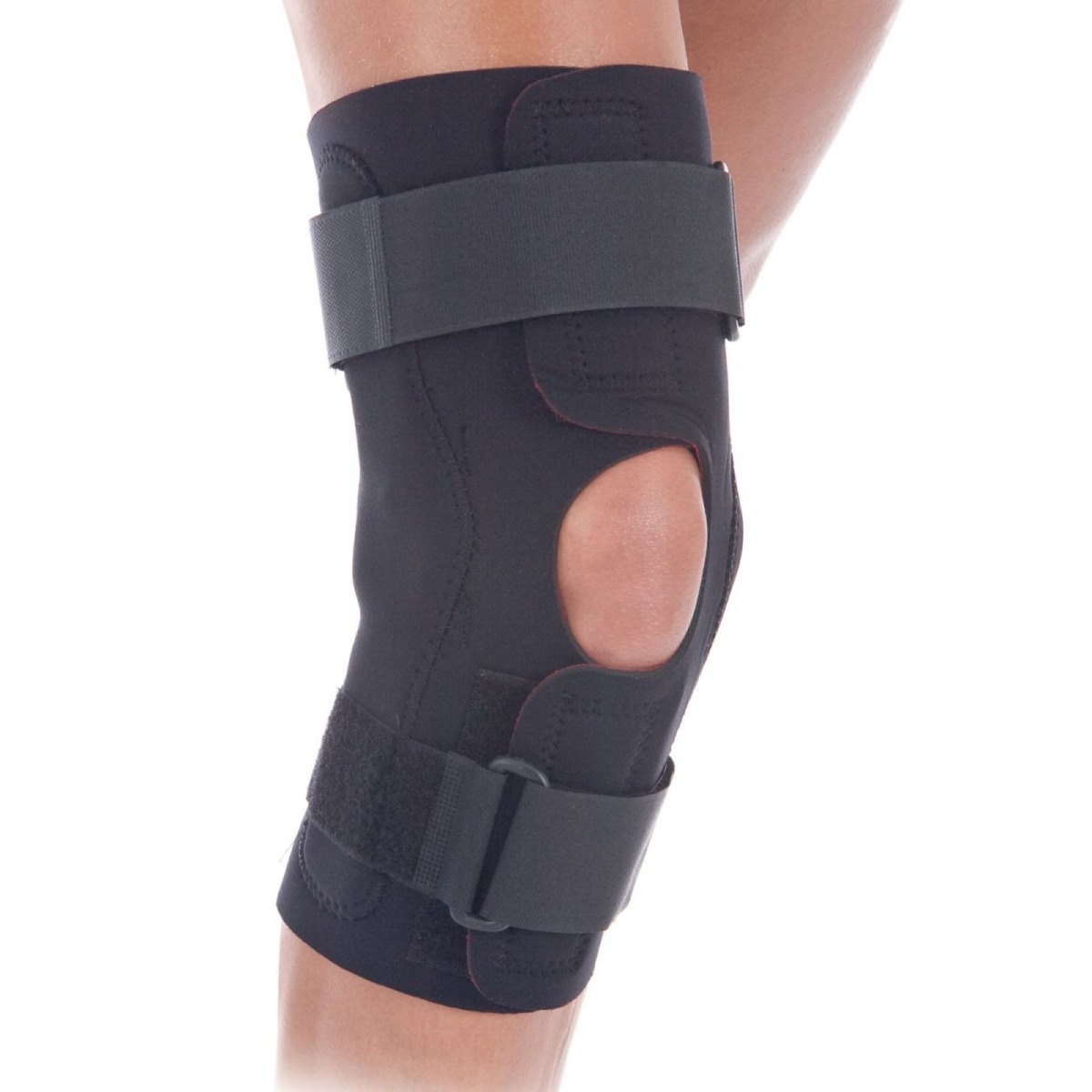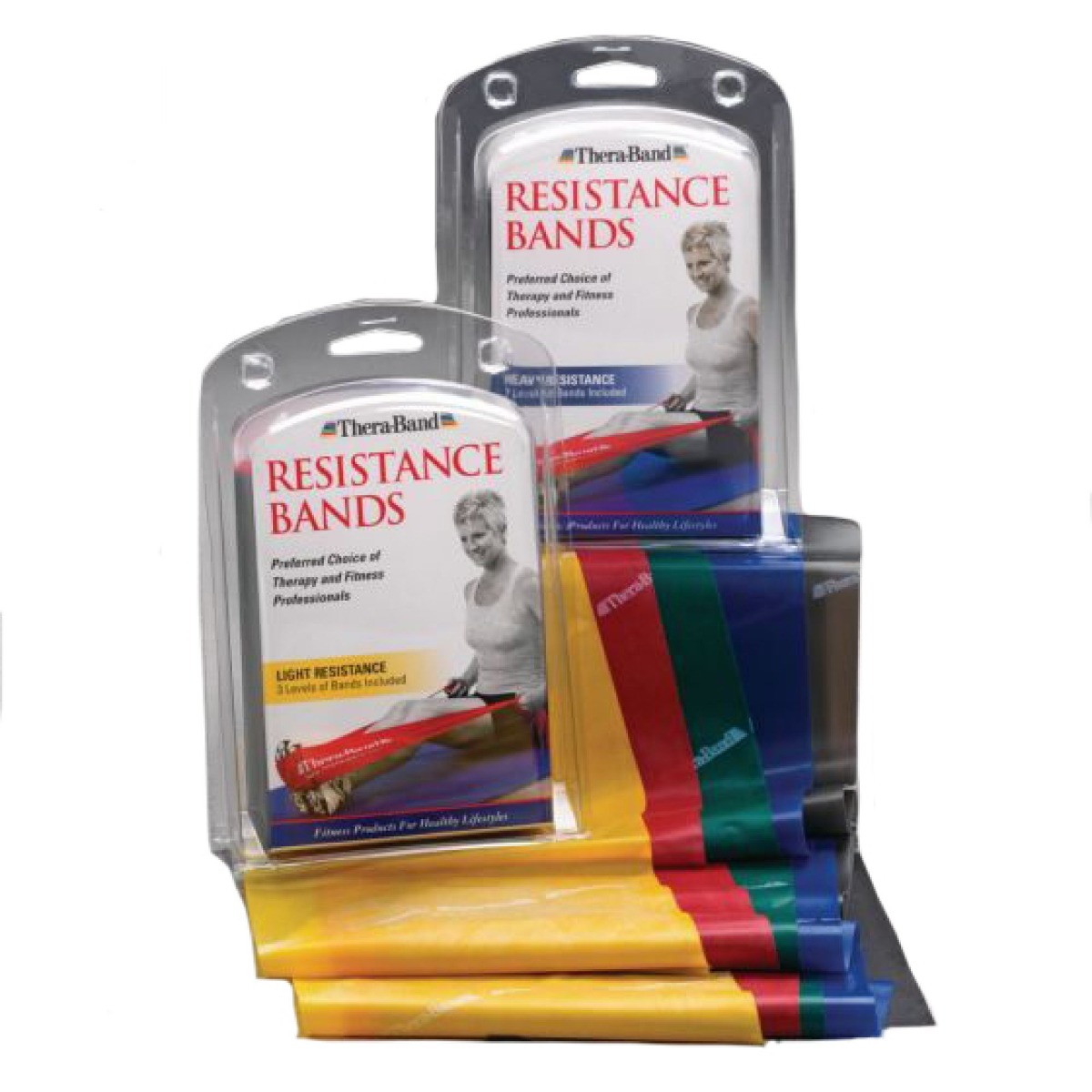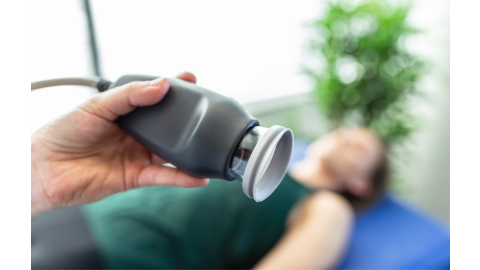Key Takeaways
- After having a cast removed, it is normal to experience pain, stiffness, and decreased range of motion.
- Physical therapy helps promote better results for regaining muscle strength and range of motion.
- With the option to use resistance bands, here are 8 exercises that can help you get your lower extremities moving!
- Looking for exercises after lower extremity cast removal/wrist or elbow cast removal? Read more here!
Top Products in This Article
It’s normal for there to be some discomfort in the muscles and joints that were immobilized in a cast for the last several weeks. As you progress out of your leg cast, physical therapy may be beneficial to help you to return to normal everyday activities, work, or even sports activities. Your doctor may recommend a strengthening regimen to help regain muscle that was lost while the bone was healing.
Find which exercises can help you heal & improve your mobility during your recovery and rehabilitation!
- What happens after my cast is removed?
- How long will physical therapy last?
- 6 Exercises to Help Improve Mobility
- Conclusion
What happens after my cast is removed?
- Your joints will feel stiff and swollen.
After the cast is removed, you may experience pain, swelling, and stiffness of the joint for a few days. Cold packs can be used to help improve circulation and reduce inflammation. You can also use non-steroid anti-inflammatory drugs (NSAIDs), such as ibuprofen, to manage pain and inflammation. NSAIDs may cause mild side effects and should be taken as directed.
Cold Gel Packs
- Your skin will be dry and flaky.
After your cast comes off, soak your leg in soap and water to remove dry skin. Place your foot in warm water for about 5-10 minutes. The dry skin should then easily rub off with a towel. This can then be followed by using a moisturizing lotion to help soften the skin. Or use paraffin wax to speed healing and help stop itching.
- You might require weight bearing support.
Your doctor may limit the amount of weight you can put on your leg, ankle, or foot. Your physical therapist can help you understand weight bearing restrictions and can teach you how to move about while still maintaining these restrictions. Crutches can be used for partial support as you begin walking on your leg. Consider a boot with a shock absorbing insole to reduce impact of heel strike when ambulating. For more weight bearing options, check out this article.
- For extra support, wear an orthopedic brace.
An orthopedic brace encourages the limited motion that helps you get back to your daily life. While you are wearing your post-cast brace, you’ll likely find some adjustments are needed to loosen or tighten the orthosis. Remove the brace three to four times each day to perform range-of-motion exercises to help prevent excessive stiffness and loss of function, if approved by your physical therapist. It can also be removed at night and at rest if you feel comfortable.
RolyanFit Wraparound Hinged Knee Brace
- You will notice muscle atrophy.
The leg may also appear thinner, and the ankle or knee may be stiff. As you start moving around more, the muscles will become stronger and the leg will gradually return to the normal size with regular use. Physical therapy will help to restore the function of your lower extremities along with strengthening and retraining the surrounding muscle groups.
Some of the goals of physical therapy include:
- Learn range of motion exercises for the knee, ankle, or foot
- Decrease swelling and/or scarring with gentle manipulation
- Help strengthen the muscles and begin to bear weight on the leg
How long will physical therapy last?
It is important that you start to exercise your leg or ankle as soon as your cast is removed. Physical therapy can help strengthen muscles, increase flexibility, and restore range of motion in the affected joint(s). Your physical therapist will work with you to develop an exercise program customized to your specific diagnosis once your cast is removed. Your physical therapy might require you to do exercises 3-5 times a day.
It takes around 6 to 8 weeks for a minor fracture to heal. More severe fractures can take between 3 and 6 months to fully heal even after the cast is removed. Your physical therapist may require you to do exercises 3-5 times a day. Do not try to rush your recovery by returning to your normal activities too quickly, as the bone may not be fully healed even when the pain has gone.
6 Exercises to Help Improve Mobility
Get started with these 6 muscle strengthening exercises! Resistance bands can help make these exercises more challenging. The color progressive system allows you to visually recognize improvement and track your progress as your strength increases. As the exercise you are performing becomes easier, move to the next color.
Ankle Plantar Flexion
Sit with your affected leg straight and on the floor. Wrap a resistance band around the foot and hold the ends of the band in each hand. Your other leg should be bent, with that foot flat on the floor. Keeping your affected leg straight, gently flex your foot downward so your toes are pointed away from your body. Slowly relax your foot to the starting position.
Ankle Dorsiflexion
Sit with your affected leg straight and on the floor. Wrap a resistance band around the foot and hold the ends of the band in each hand. Your other leg should be bent, with that foot flat on the floor. Keeping your affected leg straight, gently flex your foot back toward your body so your toes point upward. Slowly relax your foot to the starting position.
Ankle Inversion
Attach the resistance band to a stable object, and tie the other end around the outside of your foot. Move your foot outwards and upwards against the resistance of the band.
Ankle Eversion
Attach the resistance band to a stable object, and tie the other end around the outside of your foot. Move your foot inwards and downwards against the resistance of the band.
Ankle Alphabet
Sit in a chair with your feet flat on the floor. Lift the heel of your affected foot off the floor. Slowly trace the letters of the alphabet.
Ankle Circles
Sit in a chair with your feet flat on the floor. Lift the heel of your affected foot off the floor. Rotate the affected ankle clockwise in big slow circles. Repeat 20-30 times before switching direction.
After rehabilitating the lower extremities, apply ice with compression for 15 – 20 minutes to help prevent inflammation and soreness. High-impact, contact sports should be avoided for a minimum of 4 to 6 weeks after removal of the cast.
Conclusion
After the cast is removed, remember:
- Stiffness and weakness in the limb are common issues. This should improve as you safely return to normal activities.
- The bone is still healing so you should take it easy and be gentle with your lower extremities.
- Sometimes physical therapy is needed to help you recover. It involves exercises to improve muscle strength and joint mobility.
Keep in mind that every fracture or broken bone is different. Be sure to follow the directions from your physical therapist carefully in order to recover safely. And if you have any pain for an extended period of time after the cast has been removed, talk to your doctor.
References
1. Anonymous. (2021). Trauma: After a Cast (Leg). Montreal Children’s Hospital. Retrieved from https://bit.ly/3dZHogW
2. Anonymous. (2020). Orthopedic Braces and Rehabilitation Supports for Effective Pain Relief. Wabbo. Retreived from https://bit.ly/2Rr3Gzp
3. Dowshen, Steven. (2015). What to Expect When Your Cast Comes Off. Rady’s Children Hospital. Retrieved from https://bit.ly/3xsNrlT
4. Sears, Brett. (2020). What to Expect From Physical Therapy After a Fracture. VeryWell Health. Retrieved from https://bit.ly/3vtmNax
Medical Disclaimer: The information provided on this site, including text, graphics, images and other material, are for informational purposes only and are not intended to substitute for professional medical advice, diagnosis or treatment. Always seek the advice of your physician or other healthcare professional with any questions or concerns you may have regarding your condition.








 France
France Australia
Australia










